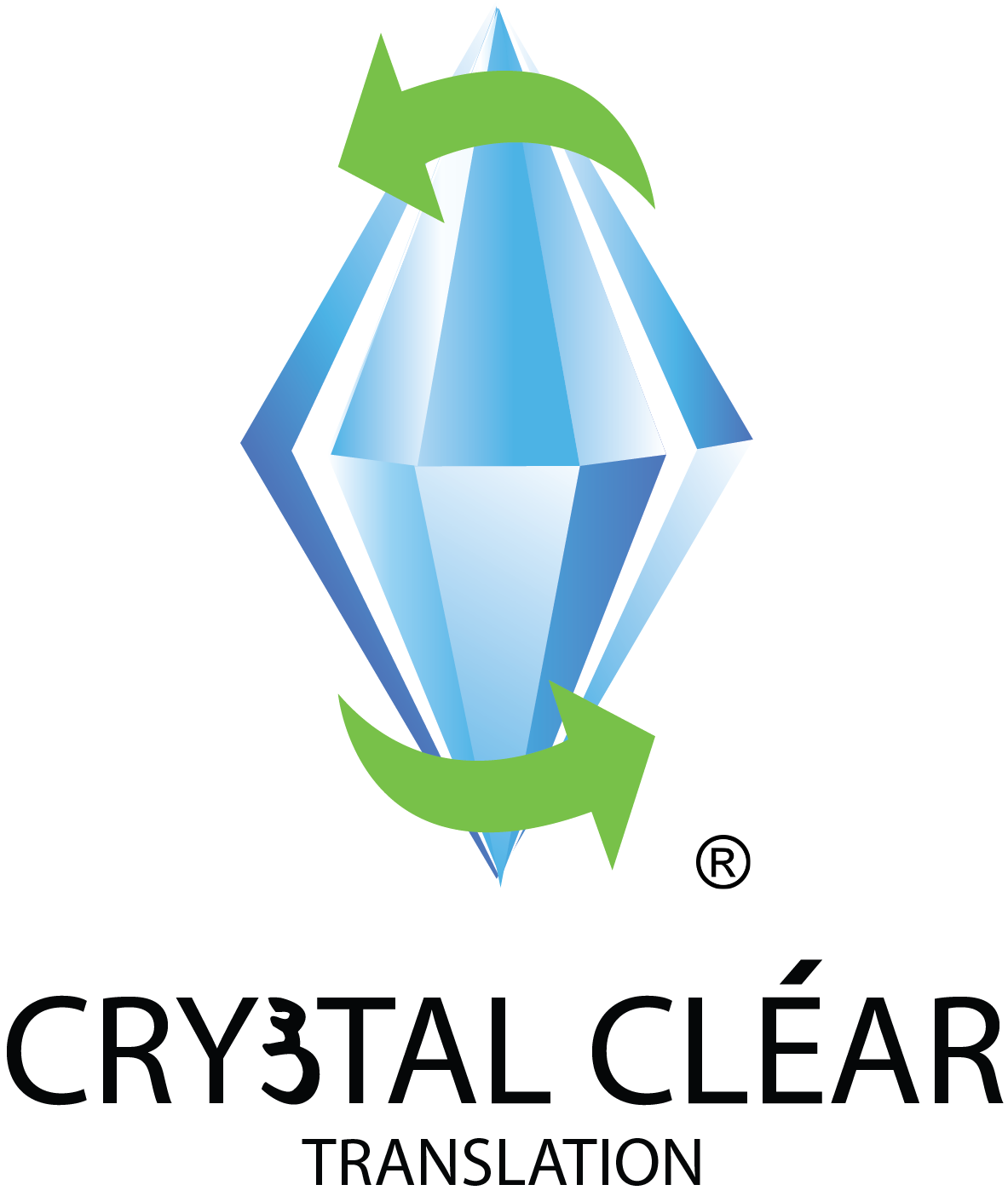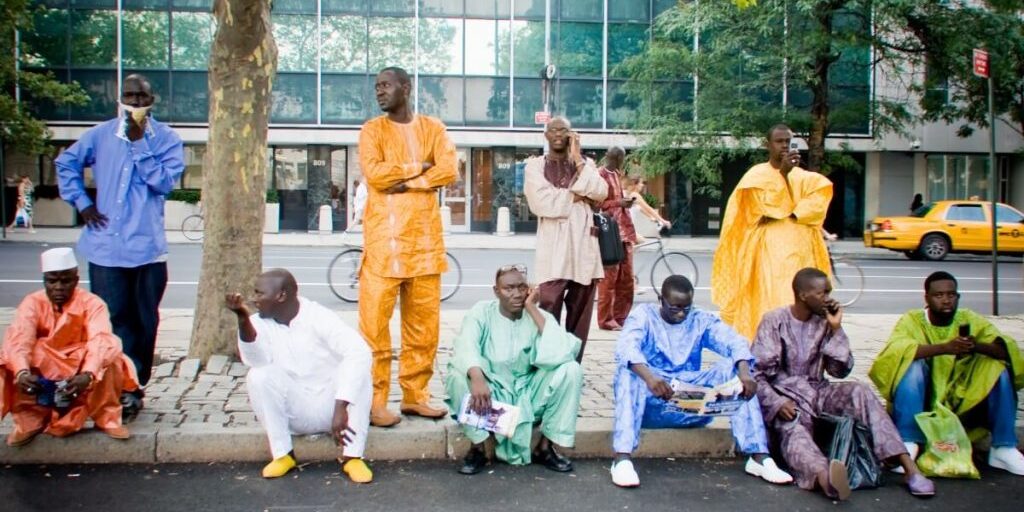The Wolof language is a diverse tongue. Being part of the Niger-Congo language family, Wolof is spoken by the west African ethic group of Wolof people. Mainly prevalent within Senegal, Gambia and Mauritania, Wolof can differ between location, making it an extremely versatile dialect.
The History of Wolof
Although we cannot be sure of its specific origin, it is widely believed that Wolof derived from the Jolof empire around the 14th century. Later, by the 20th century, the language had spread rapidly with thanks to urbanisation, inter-ethnic marriages and socioeconomic developments.
There are two main dialects in Wolof, distinguished by their geographical location. One of those being spoken in Senegal and the other in Gambia.
Wolof in Senegal
Within Senegal, there are approximately 5.2 million Wolof speakers. The Wolof people are the largest ethnic group within the west African country and account for 7 million of the entire collective of people. Despite the official language in Senegal being French, Wolof is vastly spoken, whilst French is only really used by those who have attended French speaking schools. As more and more environmental developments surface, Wolof is increasing at a rapid rate, particularly in urban areas.
Wolof in Gambia
The number of native Wolof speakers is markedly less than that of Senegal, with only around 250,000 throughout the region. Wolof people can be found living in areas such as Baddibu, Jokadu, Saloum and Niumi. The remaining population of Gambia will typically speak Gambian as their mother tongue.
Wolof in Mauritania
A sovereign state in west Africa, Mauritania is home to approximately 4.4 million people. Out of the entire population only around 230,000 are speakers of the Wolof language, whilst most people will speak French or Arabic, the two national languages of the state.
How does Wolof differ by region?
Within Senegal there are 5 specific Wolof Dialects which include Baol, Cayor, Dylof, Lebou and Jander. These dialects typically differ between rural and urban areas. The larger, built-up areas of Senegal the dialect is markedly influenced by the French language, with a substantial of French loanwords present to this day. Gambian Wolof is too influenced by other languages, but in juxtaposition to Senegalese, Gambian Wolof has become influenced by English. Another notable difference is the numbers of speakers throughout various locations, as we touched on earlier, Senegal is home to the bulk of Wolof people and speakers. It is interesting to discover that even though all part of the same ethic group, there are significant distinguishing differences which categorise what is Gambian Wolof and What is Senegalese Wolof.
Concluding Thoughts
If we look at everything we have discovered about this fascinating language, we can draw a conclusion which states to us that dependent on the region you are present in you will be subject to a unique style of Wolof. It is also wise to note that the language has evolved through centuries, being significantly developed along the way by many environmental and social factors.
Do you require our services?
If you feel that you could benefit from one of our translation or interpretation services, visit Crystal Clear Translation for a quote.


